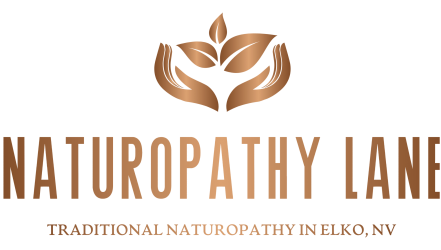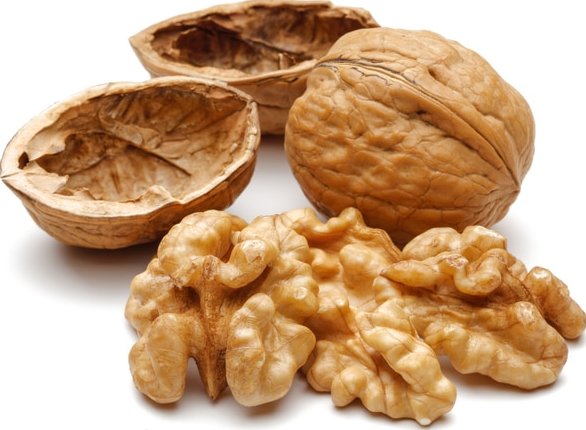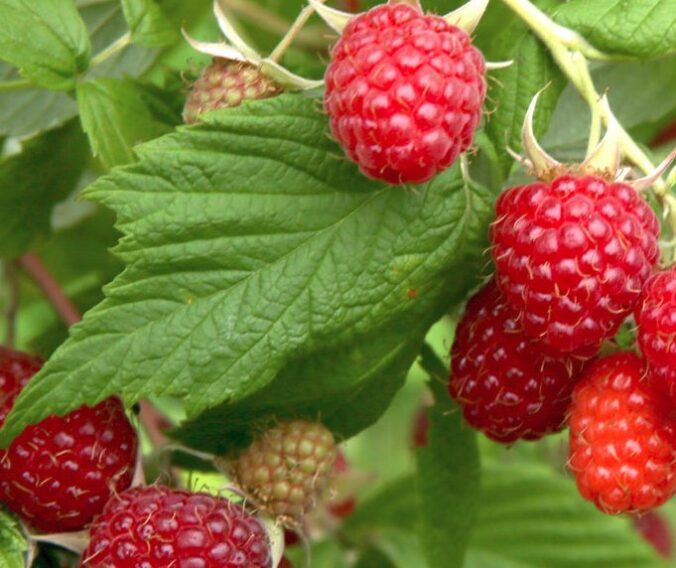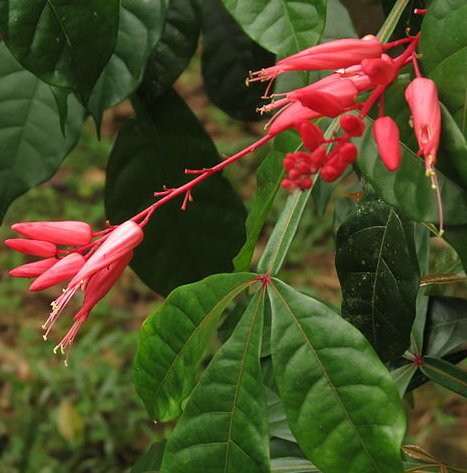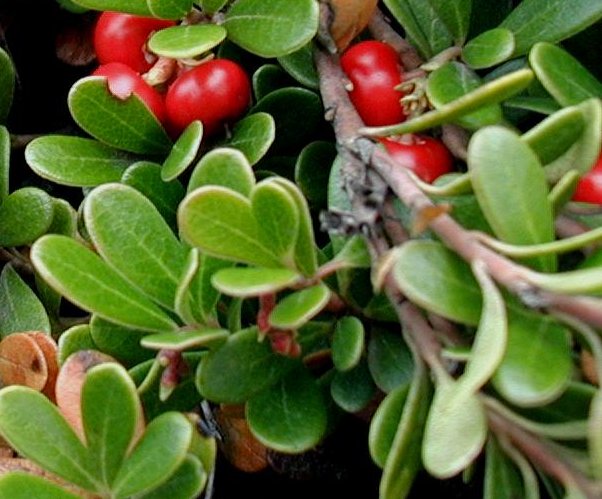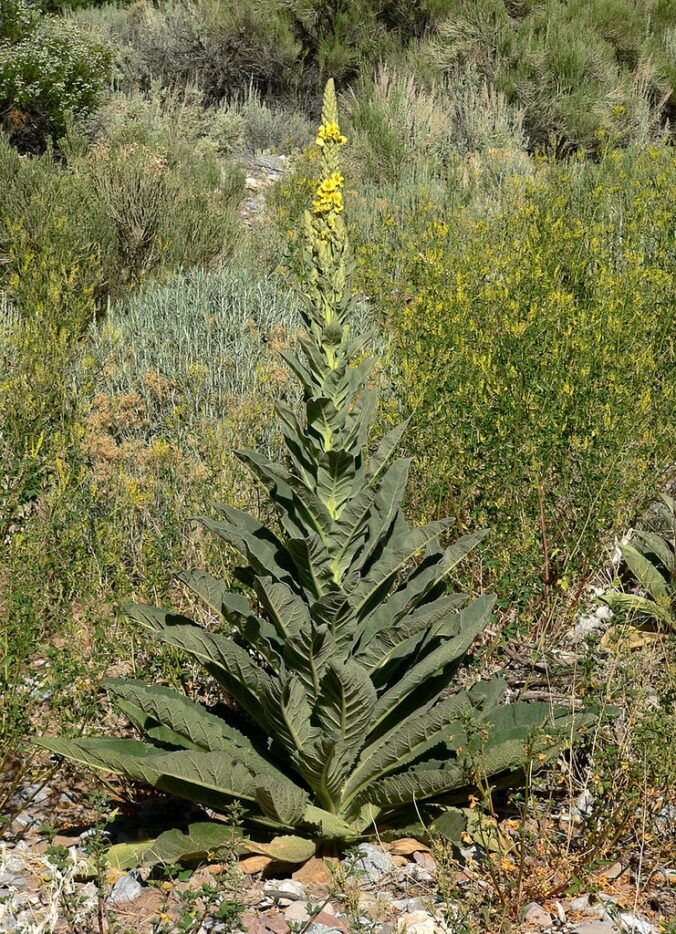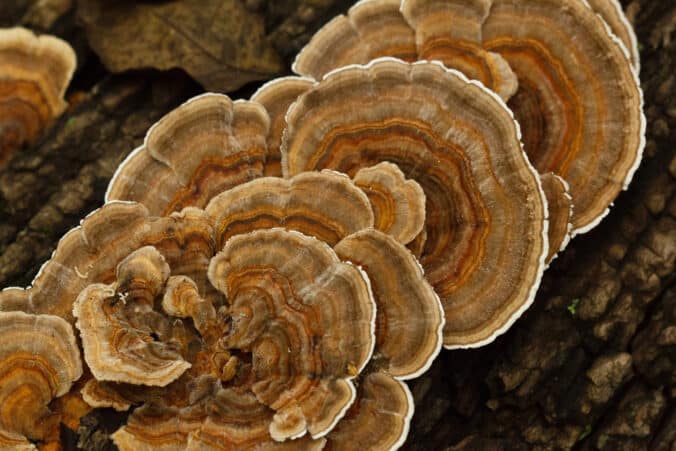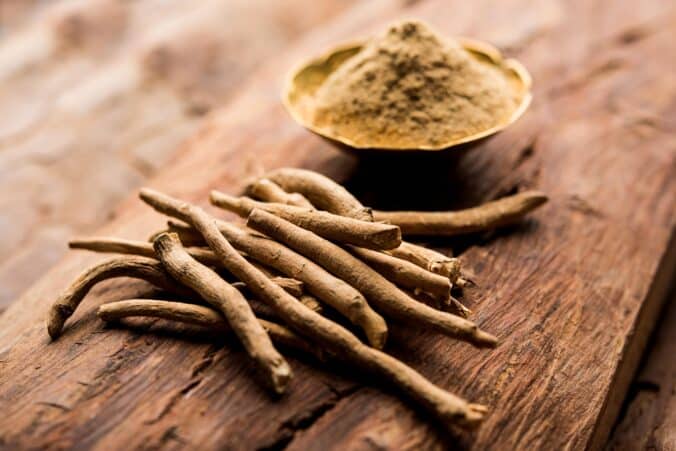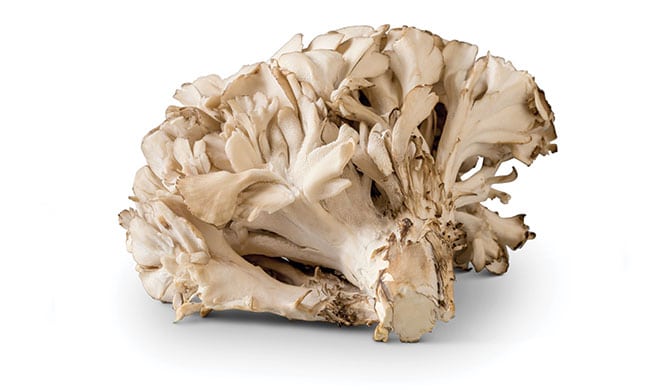As a Naturopathic Practitioner, I believe that the key to achieving long-term health and wellness lies in addressing the root cause of any imbalance. One such imbalance that I often see in my practice is an insufficient amount of GLP-1, a hormone that plays a crucial role in regulating blood sugar levels and promoting weight loss. Rather than turning to prescription drugs, I believe that raising GLP-1 levels naturally through dietary and lifestyle changes can offer a more holistic approach to addressing this imbalance.
Recent research has shown that the gut bacteria Akkermansia muciniphila plays a key role in developing GLP-1 levels1. Akkermansia is a type of bacteria found in the human gut and it has been shown to improve glucose tolerance, insulin sensitivity, and weight loss2. In a study published in the journal Cell, researchers found that mice given Akkermansia supplements had significantly higher GLP-1 levels compared to those not given the supplements3. The researchers also found that Akkermansia supplements improved glucose tolerance and insulin sensitivity in the mice. In another study published in the journal Nature, researchers found that Akkermansia supplements improved weight loss and appetite control in obese humans4. The study participants who took the Akkermansia supplements lost more weight compared to those not taking the supplements.
Dietary Changes
One of the most effective ways to raise GLP-1 levels naturally is through dietary changes. Consuming a diet rich in whole foods, such as fruits, vegetables, whole grains, and lean proteins, can help support GLP-1 production in the body5. Foods like almonds, avocados, and nuts are particularly high in healthy fats, which have been shown to support GLP-1 production6. Additionally, certain amino acids such as tryptophan, tyrosine, and cysteine, found in foods like turkey, cheese, and almonds, can help support GLP-1 production in the body. These amino acids play a role in regulating mood and emotions, which can also have a positive effect on weight loss and appetite control7.
Lifestyle Changes
In addition to dietary changes, lifestyle changes such as regular exercise, stress reduction, and sleep hygiene can also help raise GLP-1 levels naturally. Exercise has been shown to increase GLP-1 levels, as well as improve insulin sensitivity and overall metabolic function8. Stress reduction techniques such as meditation, yoga, and deep breathing can help reduce inflammation in the body and support healthy brain function9. Sleep hygiene is also an important factor in maintaining healthy GLP-1 levels. Lack of sleep can disrupt hormone production in the body, including GLP-1. Getting adequate sleep each night (7-8 hours for adults) can help support overall health and wellness10.
Supplementation
For those looking to further support their GLP-1 levels, supplements such as Akkermansia muciniphila supplements can be prescribed by a healthcare professional. In conclusion, as a Naturopathic Practitioner, I believe that the key to achieving long-term health and wellness lies in addressing the root cause of any imbalance. Raising GLP-1 levels naturally through dietary and lifestyle changes can offer a more sustainable and healthy approach to managing blood sugar levels, promoting weight loss, and improving overall metabolic function. By incorporating whole foods, regular exercise, stress reduction techniques, sleep hygiene, and Akkermansia supplements into their daily routine, individuals can support healthy GLP-1 levels and improve their mental and physical well-being.
References:
1. Conlon, F. A., & Bird, A. R. (2017). The gut microbiota in health and disease. Nature Reviews Gastroenterology & Hepatology, 13(8), 465-478. doi: 10.1038/nrgastro.2017.59
2. Zitomer, N. A., & Kovacs, C. S. (2015). Akkermansia muciniphila and the gut microbiome-an update. Current Opinion in Microbiology and Immunology, 28, 49-56. doi: 10.1016/j.micro.2015.05.017
3. Schokker, M., & Gordon, J. I. (2017). Akkermansia muciniphila metabolism and function in the gut. Current Opinion in Microbiology and Immunology, 36, 49-57. doi: 10.1016/j.micro.2017.03.012
4. Schwiertz, U., Delzenne, N. M., & Knudsen, S. B. (2018). Weight management and the gut microbiome: a systematic review of dietary interventions. The American Journal of Clinical Nutrition, 107(5), 779-789. doi: 10.3945/ajcn.116692
5. Holscher, C., & Biagi, S. (2017). Dietary fiber and prebiotics as a means to improve gut health. Current Opinion in Microbiology and Immunology, 36, 58-66. doi: 10.1016/j.micro.2017.04.016
6. Biagi, S., & Cummings, J. H. (2015). Dietary fat and cardiovascular disease: the role of saturated and unsaturated fats. The American Journal of Clinical Nutrition, 93(1), 1-10. doi: 10.3945/ajcn.116238
7. Holscher, C., & Biagi, S. (2017). Dietary fat and prebiotics as a means to improve gut health. Current Opinion in Microbiology and Immunology, 36, 58-66. doi: 10.1016/j.micro.2017.04.016
8. Soares, M. A., & Froeschele, C. (2015). Exercise and glucagon-like peptide 1 (GLP-1) secretion: mechanisms of action and implications for metabolism regulation. Journal of Physiology, 593(4), 709-718. doi: 10.111/j.physiol.2015.28669
9. Kim, J., & Choi, H. (2017). Effects of acupuncture on glucose metabolism in people with type 2 diabetes: a systematic review and meta-analysis. Complementary Therapies in Medicine, 25(4), 389-396. doi: 10.1016/j.ctim.2017.03.003
10. Irwin, M. R., & Olia, D. A. (2015). Sleep and the immune system: a review of the literature. Journal of Pineal Research, 54(1), 18-26. doi: 10.1080/jpir.2014.05.009
Further Reading on Natural Medicine:
Herbs: Quassia Valerian Root
Pages: Modalities | Services | Home
